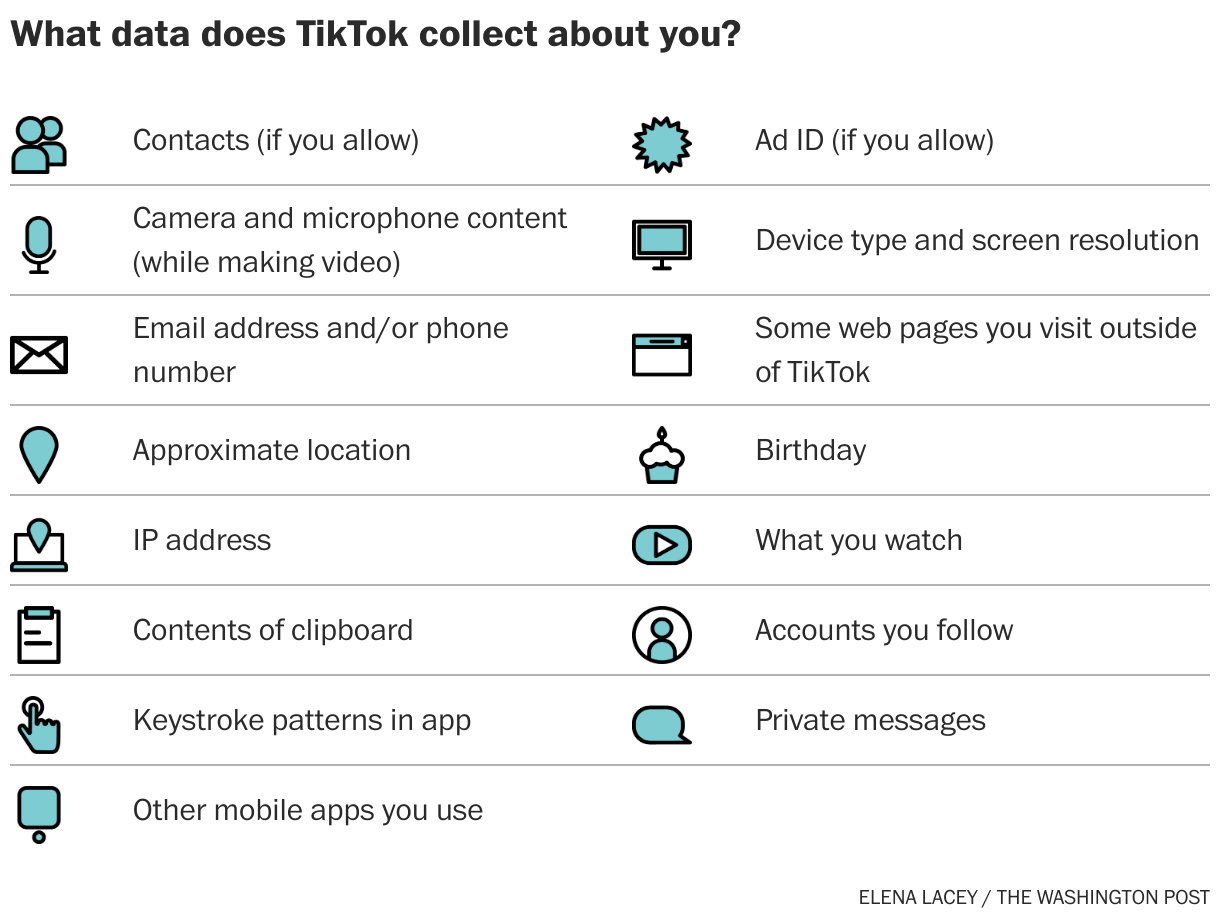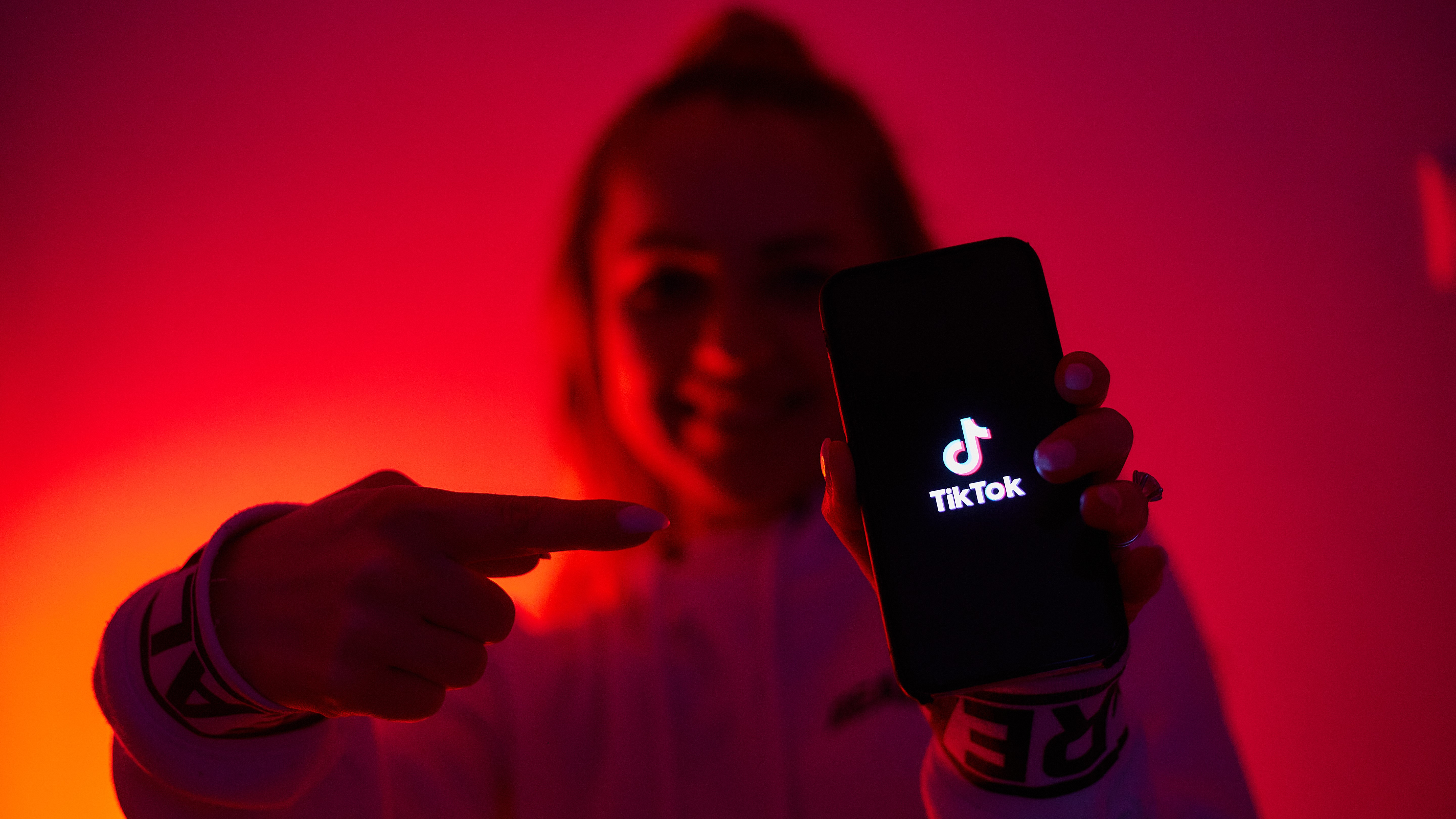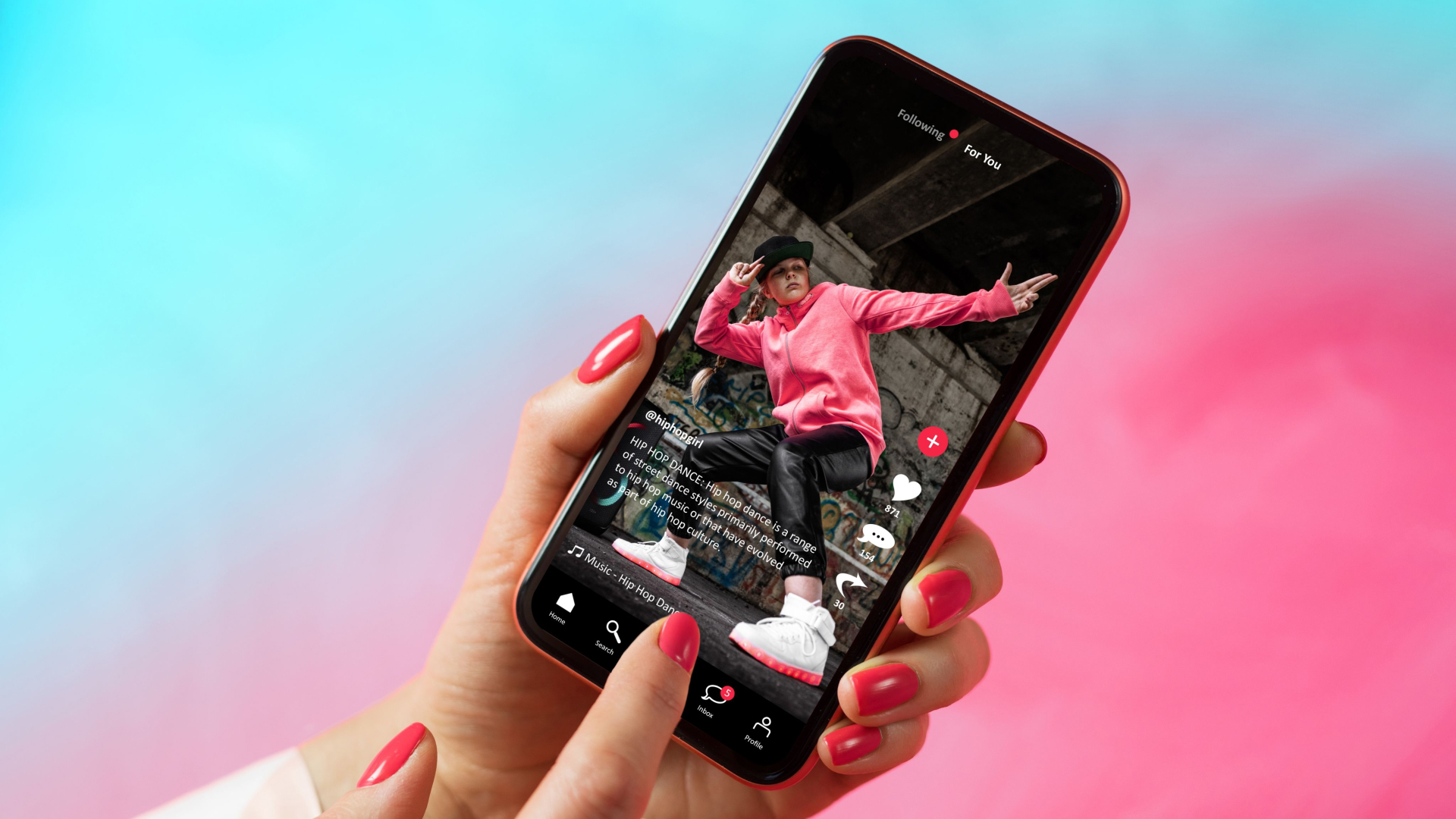It’s been almost exactly a year since the last significant threat of a TikTok ban in the US. This time, a bill to ban the popular social media app on US shores passed by a unanimous vote in the House of Representatives committee. Considering the bipartisan support, the bill may glide through the House, to the Senate and end up on President Joe Biden’s desk within weeks.
The prospect of a total US ban now seems very real.
What this would mean, how it would work, and what comes next are largely unchanged from when we wrote this story last year.
TikTok’s infinite stream of lip-sync videos, illusions, and air fryer recipes might seem innocent enough, but the app is now facing the very serious threat of a US ban.
Over the past year, TikTok has been in the eye of a political storm that has seen it banned from government devices in the US, the EU, and now the UK. But it’s the very real prospect of an outright TikTok ban in the US that’s worrying the app’s millions of users.
The US government, including the current Biden administration, has investigated TikTok and its relationship with its China-based parent company for several years now.
The app has responded to allegations that it collects and stores the data of American users by making several changes, including moving all of its US data to Oracle’s servers. But none of this has sated US concerns that the app poses a national security threat. Last year, TikTok CEO Shou Zi Chew appeared before Congress to defend the app.
So what does this all mean for TikTok’s hundreds of millions of global users, and in particular the 150 million who live in the US? Here’s everything you need to know about the prospect of a TikTok ban in the US.
Why is the TikTok ban potentially happening?
The main accusation behind the potential TikTok ban in the US is that the app poses a threat to national security. But wait, aren’t most TikTok videos just frivolous video game walkthroughs and TV show clips?
Yes, but the problem is less the content and more what TikTok might allegedly be doing with the underlying data it gathers – about your likes and comments, and also where you are in the world and who you interact with.
For example, in February FBI Director Christopher Wray expressed “extreme” concern about the potential for China to “weaponize” data gathered from TikTok’s US-based fans.
This stems from the fact that TikTok is owned by Chinese company ByteDance – and Chinese law allows its government to force any company to hand over data they’re holding on their servers.

Another accusation made by Wray was that the Chinese government could strong-arm TikTok in a way that would allow it to “control the recommendation algorithm”, therefore giving it huge potential influence given that more people than ever get their news from TikTok and YouTube.
While there’s currently no hard evidence of either practice being widespread TikTok, it does (like Facebook and Instagram) collect a lot of user data. Last year, four employees were also fired from TikTok’s parent company ByteDance for allegedly gathering usage data of US journalists.

Whether or not this all poses enough of a security risk for the US government to take the unprecedented step of a complete TikTok ban remains to be seen. On March 7, 2023, a new bill made it easier for the US government to ban apps that pose a national security risk.
But on March 22, 2023, TikTok CEO Shou Zi Chew argued that the app has “never shared US users data” and has a “responsibility to protect” its 150 million US users.
How would a TikTok ban work?
We’ve actually already seen the most likely way that a TikTok ban would work in practice. Back in September 2020, the US Department of Commerce issued a ban that ordered both Apple and Google to remove TikTok and WeChat from their US app stores.
This ban was ultimately blocked by a federal judge and eventually revoked by President Biden last year, but the incident gives us a taste of what could happen if TikTok’s owners refuse to divest their stakes in the app.

If US users can’t download TikTok from the iOS or Android app stores, that would cut them off from future updates. And after a while, this would likely result in the app no longer working on their smartphones.
It may also be possible for the US government to prevent TikTok access by identifying your IP address and preventing access to the web version of the app. But it isn’t yet clear if that’s on the cards, and there would be potential ways around this.
Is there a way around a potential TikTok Ban?
While a ban on TikTok appearing in the Apple App Store or Google Play Store would be a major roadblock to using the app in the US, there could be potential workarounds if that happened.
The most obvious way would be to use one of the best mobile VPNs to change your location (at least in the eyes of your ISP). While this would come at a monthly cost, the method could work as long as you choose a server that’s based in a country where TikTok isn’t banned.

Our top mobile VPN right now is ExpressVPN, though NordVPN and Surfshark are also good choices. That said, there is a chance that even these VPNs may not be able to circumvent a TikTok ban in the US.
TikTok says that it “collects your approximate location information based on your device or network information, such as SIM card and IP address”. In theory, this means that your device could still use that rough location data to ban you from using the service.
If that’s the case, your best hope may be the emergence of spin-off TikTok apps, which is what happened in India when the country banned the app in 2020.




















+ There are no comments
Add yours